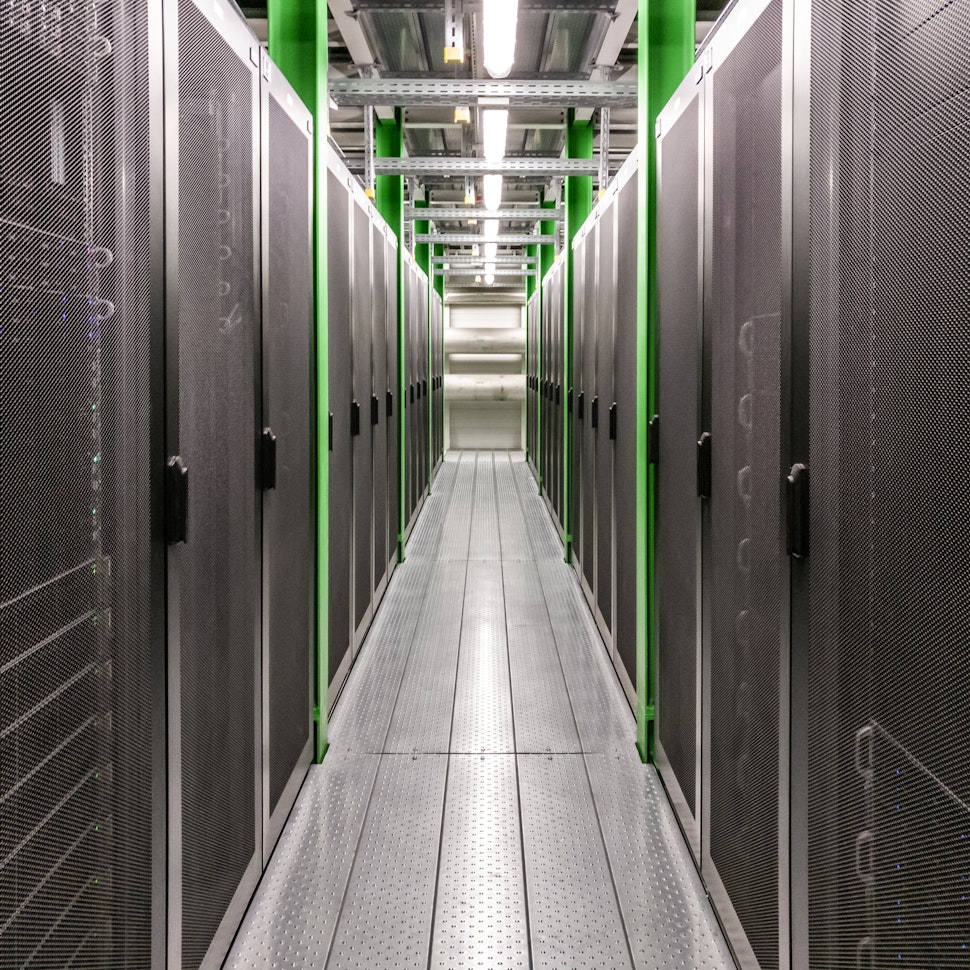- Solar energy blog
- Japan’s groundbreaking solar power experiment: solar power from space
Japan’s groundbreaking solar power experiment: solar power from space
Learn about the OHISAMA program, a project designed to test the feasibility of harnessing solar power from space. Could it help generate clean baseload energy?


Ming Cheng
Customer Success Manager
Nuclear Engineer with 6 years of experience in the solar industry. Joined RatedPower’s customer success team over three years ago and specialize in various topics with solar solutions. Leverage deep industry insight and ensure clients maximize benefits sustainable energy technology.

Content
What if the sun never set? Japan’s OHISAMA project is exploring that possibility. Thanks to a Low Earth Orbit (LEO) satellite, this project aims to capture solar energy 24/7 and beam it to Earth, essentially delivering continuous sun power.
The potentially transformative implications of launching the first orbital solar power plant have sparked discussions across the renewable energy community. Could it be the next step to generating clean baseload energy for the world? In this blog, we look at OHISAMA and its theoretical applications.
Download our 2025 Trends Report to unlock essential insights on the renewables industry. With data from our survey and solar simulations on RatedPower, it’s your go-to resource for understanding trends, challenges, and design strategies.
What is the OHISAMA program?
The OHISAMA program is designed to test whether harnessing solar power from space is technically feasible. The plan is to launch a 180-kilogram satellite equipped with PV panels into orbit 400 kilometers above Earth, where it will constantly receive sunlight and turn it into electricity.
Instead of sending the electricity directly to Earth (which would be difficult over long distances), the satellite will convert it into microwaves and then beam it down 40-kilometer to a ground station. The ground station will then convert the microwaves back into usable electricity.
Despite its modest 1 kW/hour output (just enough to power one standard dishwasher cycle), this demo will be instrumental in testing whether space-based solar systems are viable. Notably, the system will transfer energy to Earth in just 5 minutes but could require several days to recharge.
OHISAMA researchers have successfully tested wireless solar power transmission on the ground and are now advancing to aircraft-based tests. These tests will use PV panels with the same specifications as the satellite’s and aim to wirelessly transmit energy over distances of 5 to 7 kilometers, mimicking the eventual space-to-ground energy transfer.
In the near future, the OHISAMA team plans to launch a mini replica of its solar station aboard an aircraft to demonstrate wireless energy transfer over the same distance. This aircraft-based demonstration will validate the integrated system’s readiness for space deployment.
While the concept of space-based solar power (SBSP) emerged in the late 1960s, technical and cost challenges previously deemed it impractical. OHISAMA’s attempt will be a critical proof of concept and data source for subsequent development.

Why is space-based solar power worth exploring?
Solar power currently supplies about 7% of global electricity, but its intermittency (mainly from nightfall and weather disruptions) can hinder its wider adoption. A low Earth orbit solar power plant could eliminate these limitations, providing continuous energy and a sustainable solution to global demand.
More feasible than it seems
NASA studies dating back to the 1970s have already established that solar can be converted to electricity, then to microwaves, and ultimately transmitted as beamed power. Engineers can now focus on scaling up this established process and improving its technological maturity.
Surpasses terrestrial energy production
An orbital solar power plant could generate 13 times more energy than an identical one on the ground. Because of its high energy output and efficiency, a space-based plant would, in theory, recoup its construction costs much faster than terrestrial renewable technologies.
Delivers constant, clean electricity
SBSP stations could be engineered to produce as much energy as nuclear power plants, which is more than other renewable sources can manage. Because they operate free of atmospheric interference and day-night cycles, they can supply grids steadily and predictably to eliminate concerns about blackouts or power surges.
Wireless energy transmission
Orbital solar power can transmit energy wirelessly across any distance without the need for traditional infrastructure like power lines, so it can be used to extend energy access to underserved areas and promote energy equity.
Conceptually, this wireless transfer will also allow researchers to send energy to any receiver (not just on Earth but also on the Moon and other planets) to support deep-space exploration.
Less intrusive ground infrastructure
Ground-based solar and wind farms that demand land, SBSP receivers can be designed to be less intrusive. Even large rectennas (which receive energy from space) can be engineered as thin mesh structures elevated above ground to reduce their visual footprint. This elevated design also shields the land below from microwaves so that it can be used for other purposes, such as farming.
Potential to reduce aviation emissions
Once space-based solar technology reaches sufficient maturity, it could beam energy directly to an aircraft to support takeoff and even recharge it in flight. This can help decrease the aviation industry’s reliance on fossil fuels and lower greenhouse gas emissions associated with air travel.

How could space-based solar power impact the future of renewable energy?
Once considered science fiction, space-based energy is now increasingly viable because of technological advancements such as SpaceX’s giant rocket Starship, which could make it cheaper and simpler to launch the necessary infrastructure into orbit.
In 2023, a Caltech-built satellite beamed solar power from space for the first time, providing validation for future large-scale systems. Many demonstration projects are also in the pipeline. Space and research agencies around the world (including the US Air Force, the DARPA, and the European Space Agency) are actively pursuing this technology.
However, while space-based solar energy holds theoretical promise, implementing it is far from simple.
A NASA report released in January 2024 was pessimistic, saying that at 61 cents per kilowatt-hour, orbit solar’s energy production costs far exceed the 5 cents per kilowatt-hour for terrestrial solar or wind energy.
The report also criticized the excessive greenhouse gas produced by rockets launching assemblies into orbit. For example, a gigawatt-scale spaceborne solar power station such as the proposed CASSIOPeiA would need 68 Starship launches to reach space. These emissions threaten to tip the scales, making SBSP much less climate-friendly than Earth-based technologies.
Still, there is reason to be optimistic. Advances in solar panel technology, energy converters, and transmission systems could make SBSP more viable over time.
Deployable and inflatable solar arrays can be packed tightly for launch and then expand in space for easier transport and assembly. Power electronics could be miniaturized to reduce a station’s overall mass and lower launch costs. Advanced beam-steering technologies can also ensure that solar energy beams are accurately targeted to receiving antennas, reducing energy loss and potential hazards.
All these developments make SBSP more technically feasible and allow future implementations to address current economic and environmental concerns.
Latest stories
Related posts
Driving the change
Green by design: How solar energy is shaping the future of data centers
Find out how and why data centers are turning to cost-effective renewable sources like solar power to use cleaner energy and reduce their environmental impact.
Updated 9 OCT, 25

Driving the change
A look at the comunidades energéticas in Spain
Comunidades energéticas are at the heart of Spain’s shift to a greener and more decentralized grid. Explore more about these citizen-powered networks.
Updated 28 JAN, 25

Driving the change
The Pulse keeps rising: the 2nd year of the renewable energy event in Madrid
Explore the highlights of Pulse 2024, the renewable energy event in Madrid's second year, uniting global professionals to address challenges, unveil opportunities, and champion progress towards sustainability.
Updated 19 APR, 24

- RatedPower
- Solar energy blog
- Japan’s groundbreaking solar power experiment: solar power from space
 Watch a demo
Watch a demo Ask our AI Product Expert
Ask our AI Product Expert

